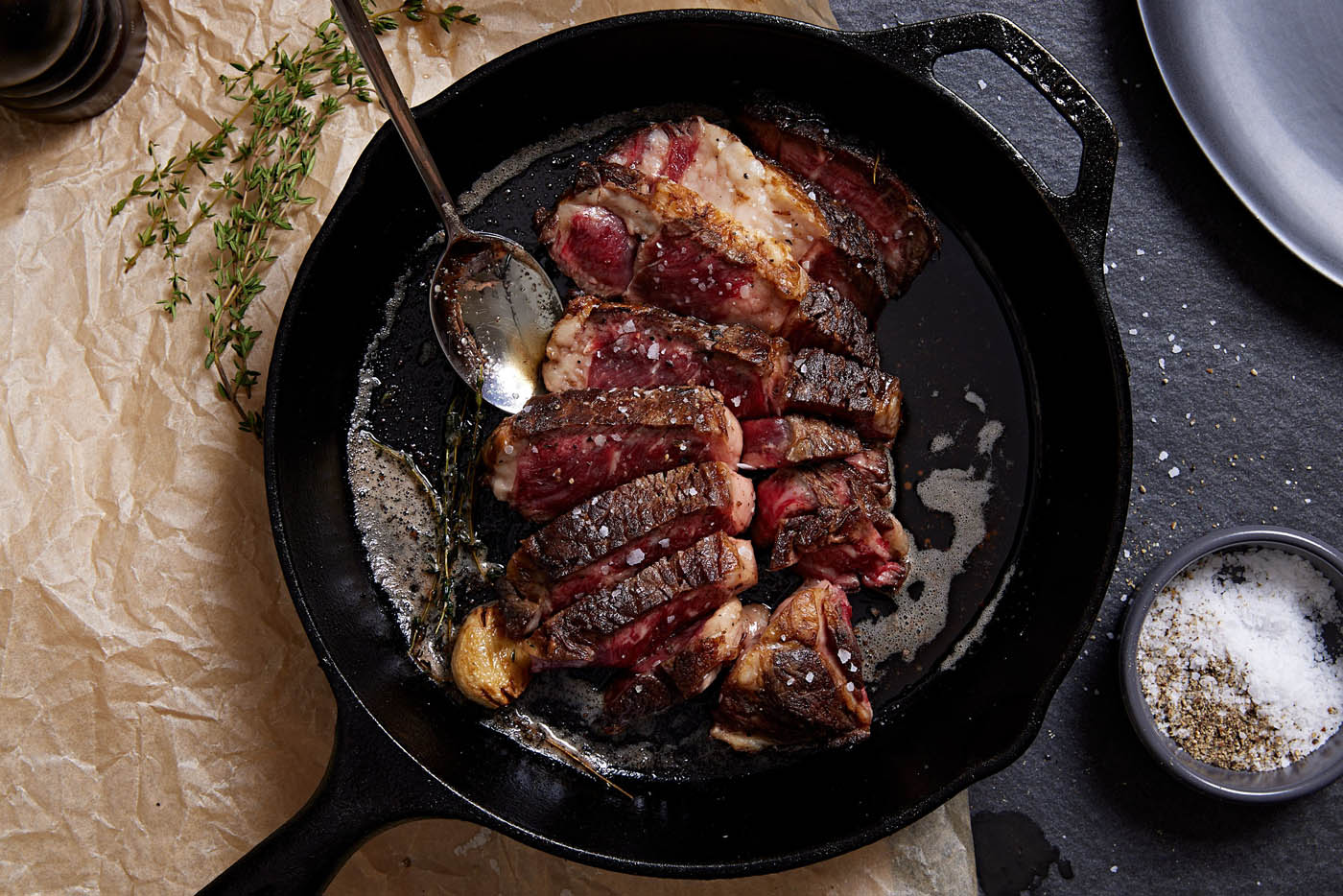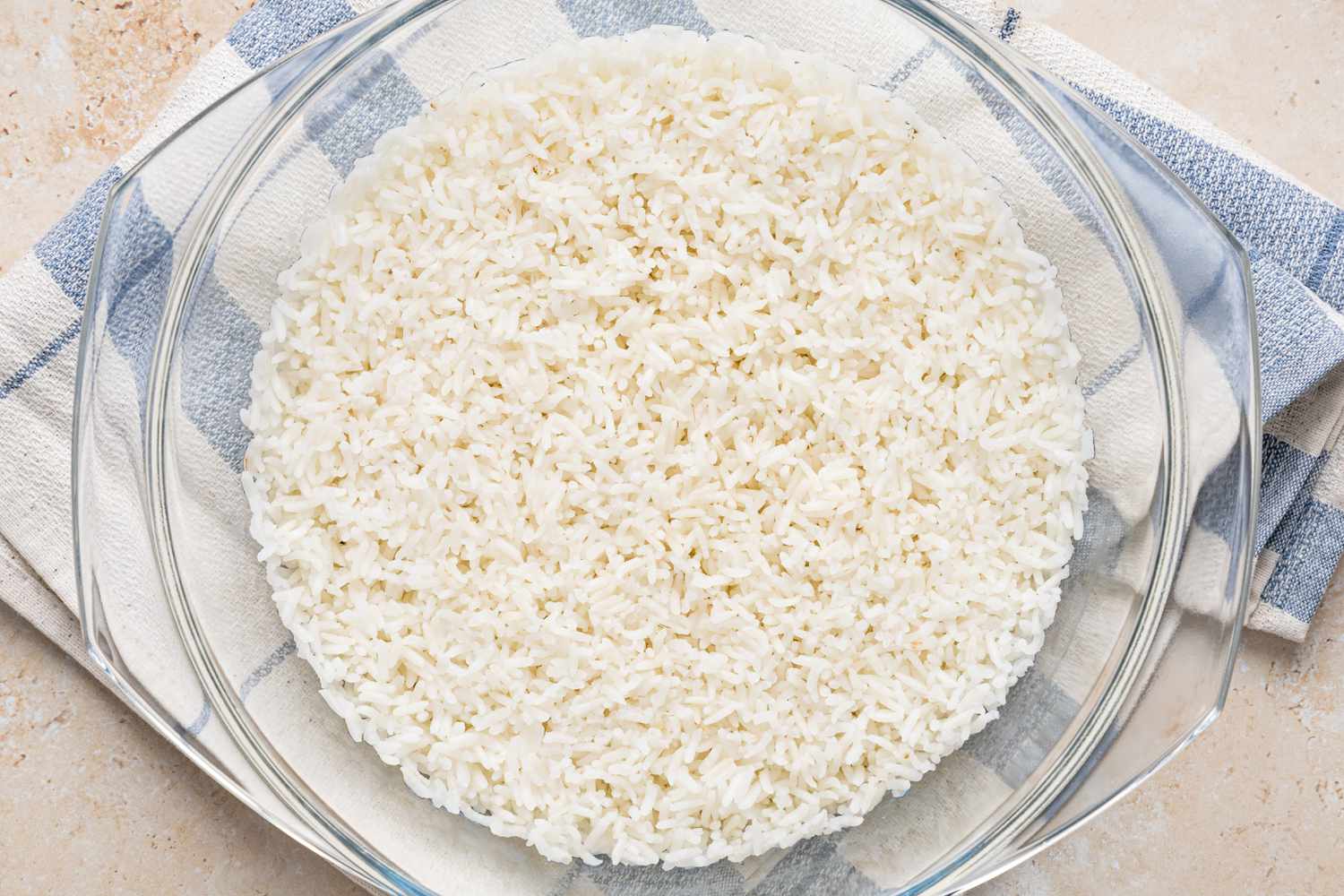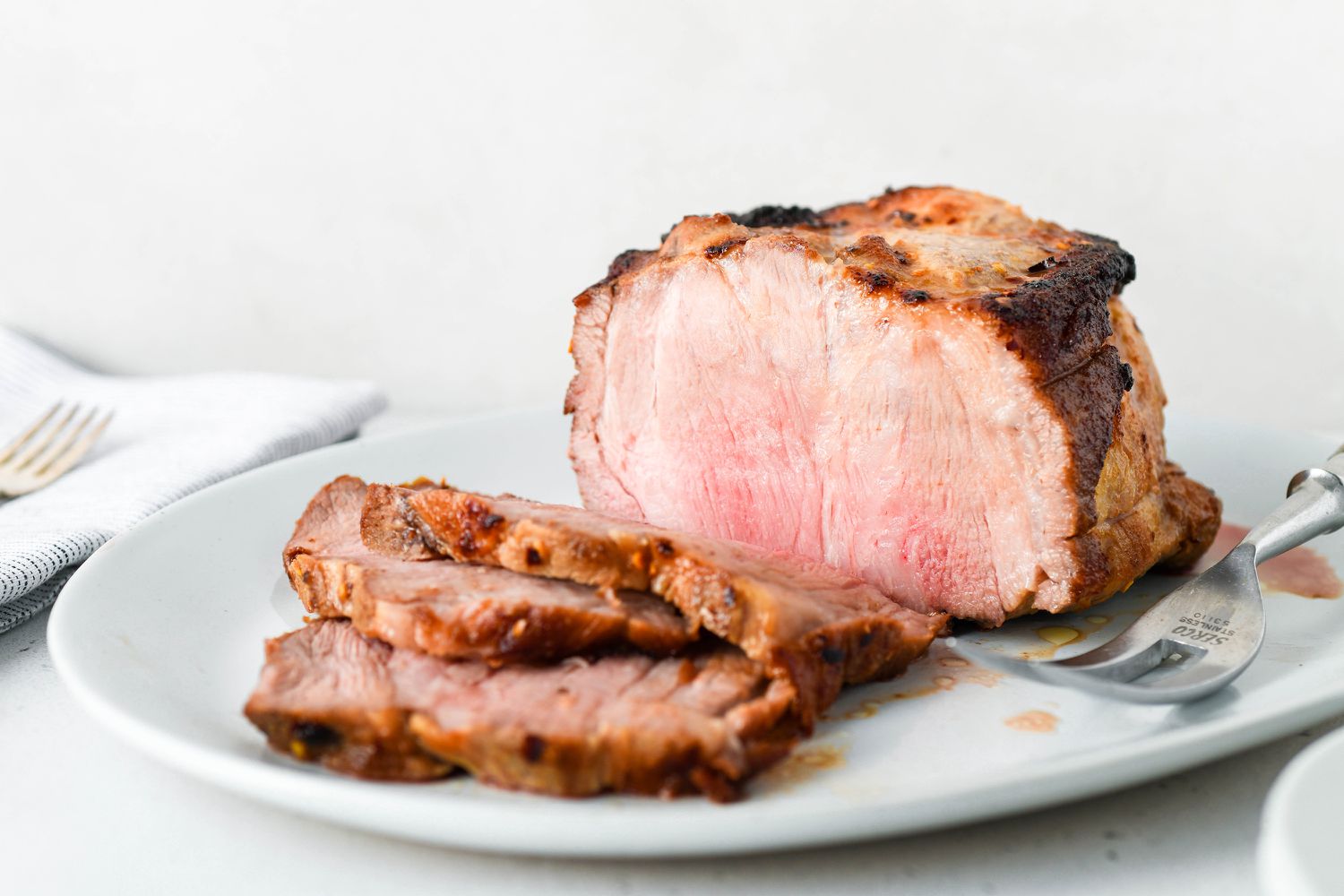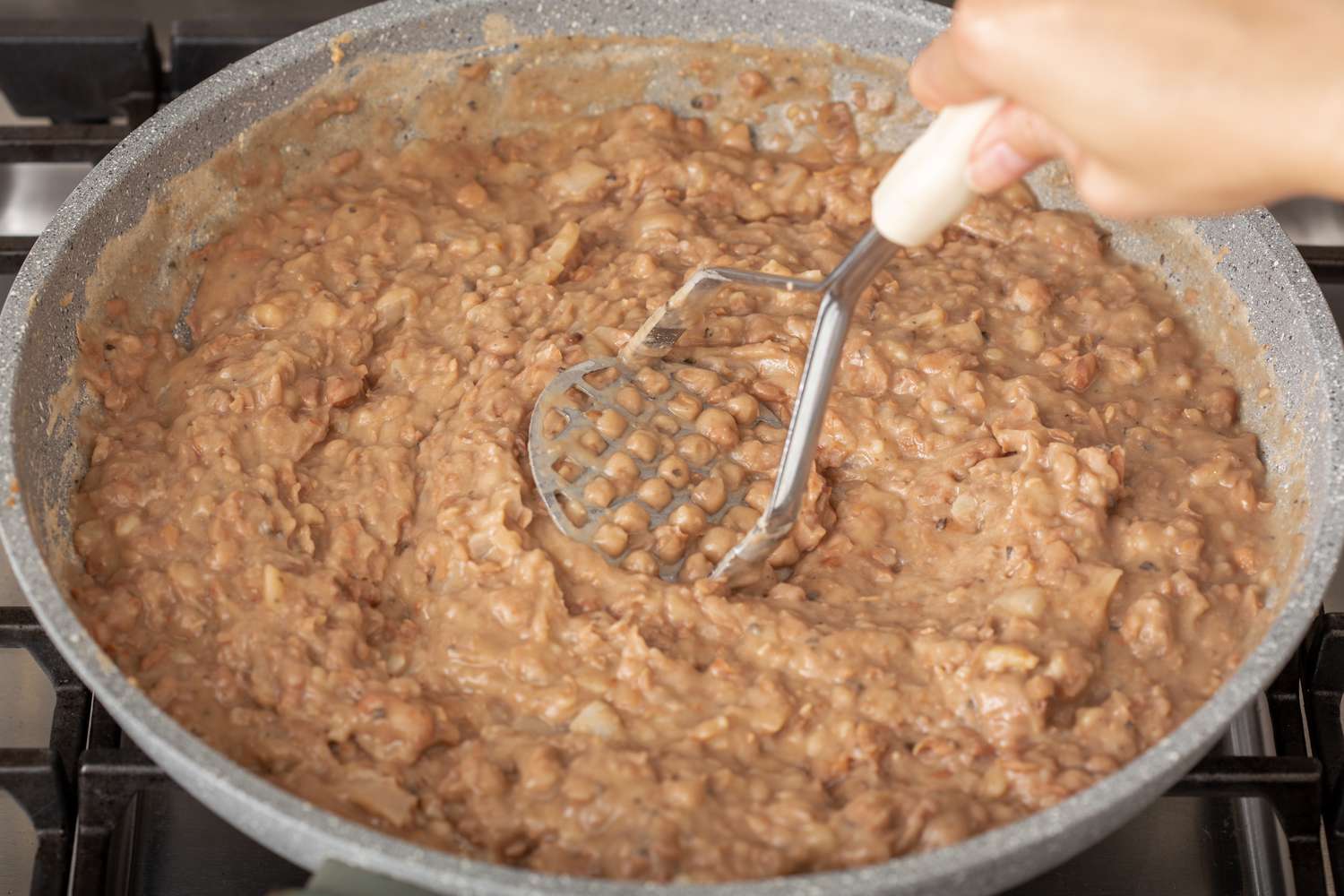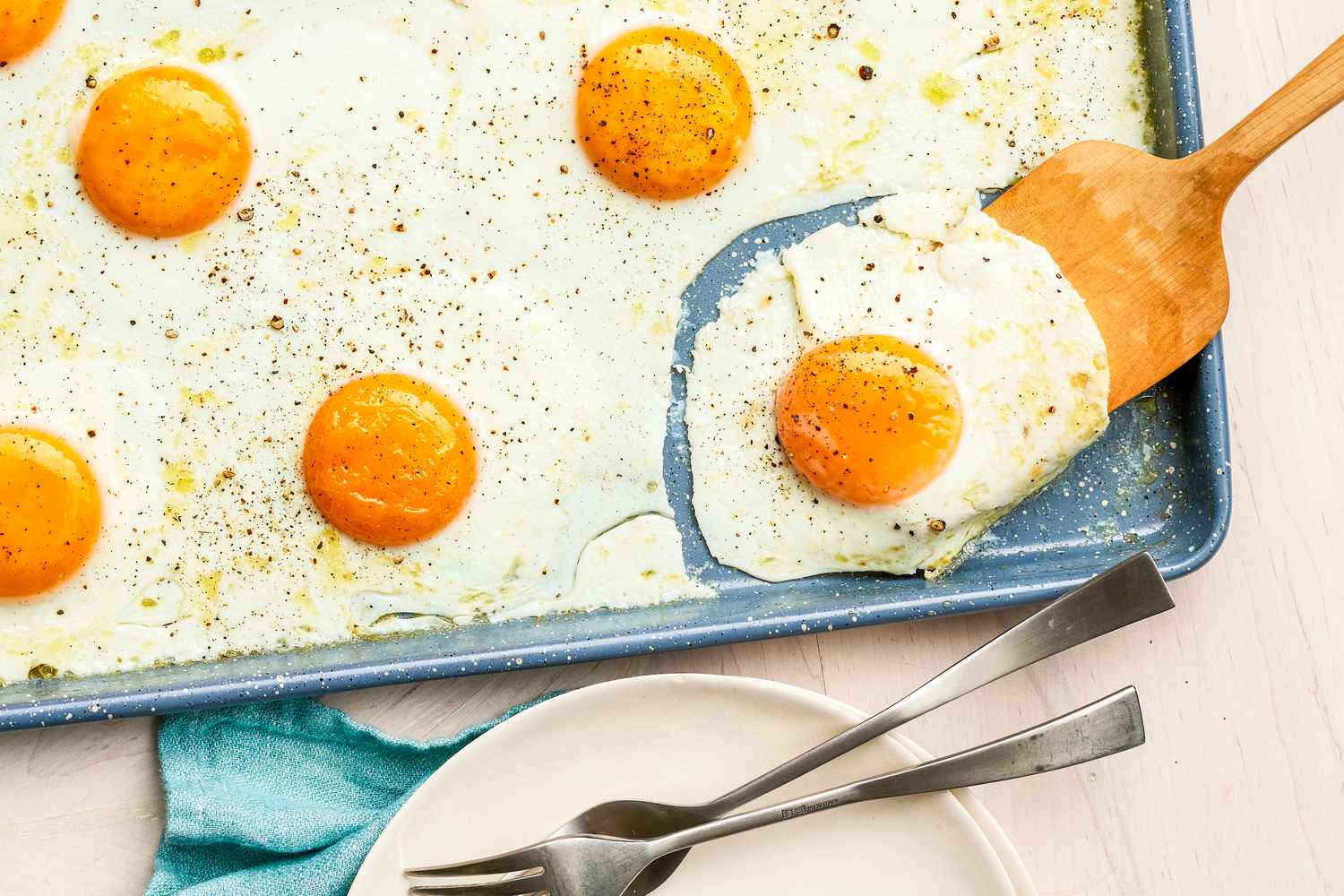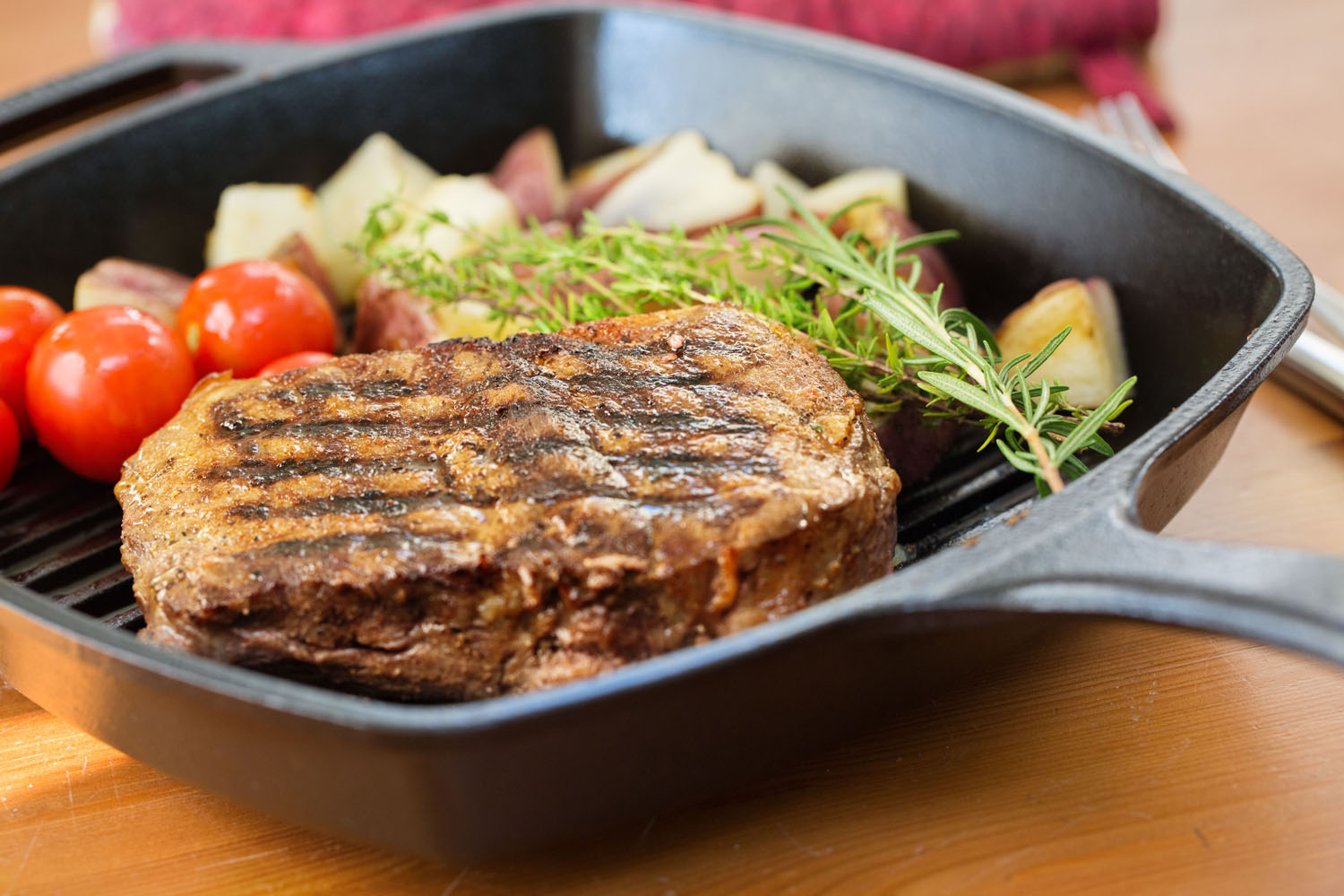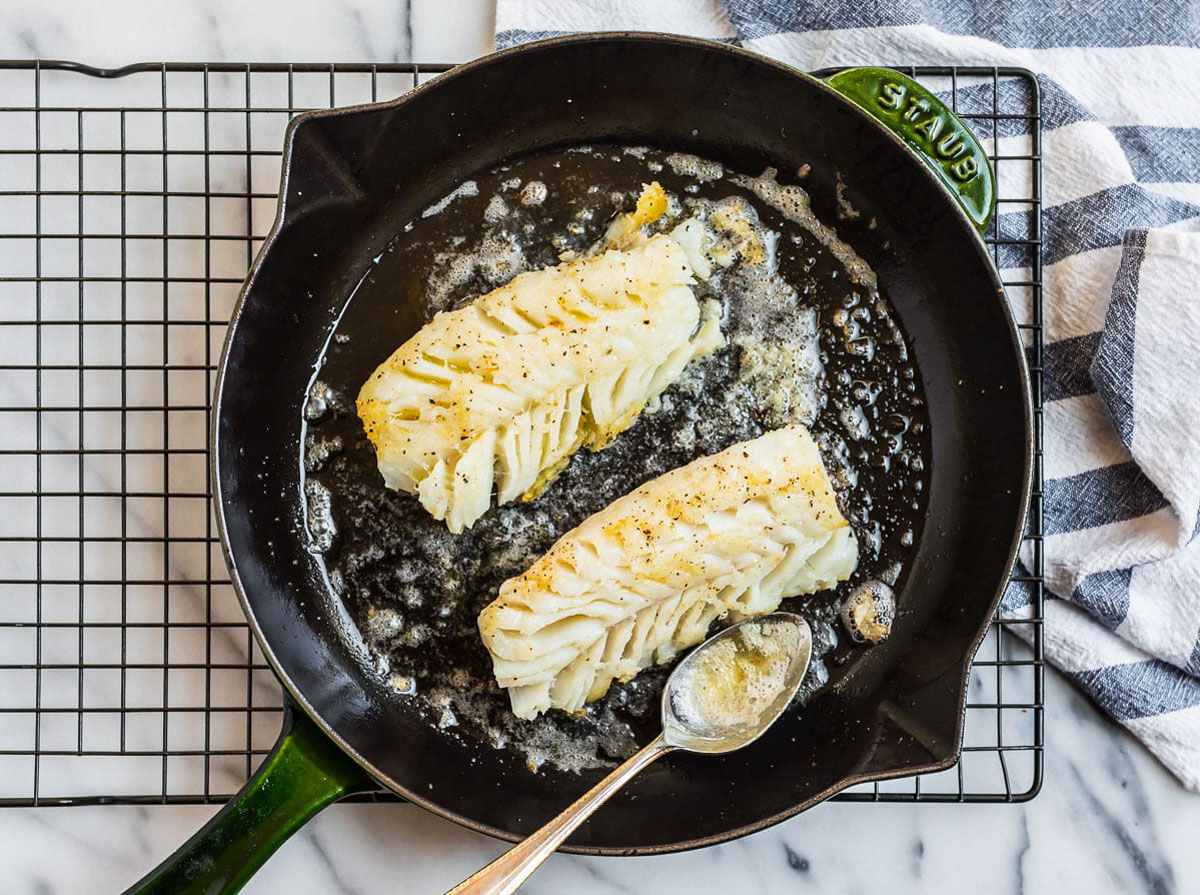How To Cook Live Mussels
Are you a seafood lover? If so, you’re in for a treat! Mussels, with their tender and flavorful meat, are a delicacy that deserves a place in every seafood enthusiast’s kitchen. But if you’ve never cooked live mussels before, it can seem a bit daunting. Don’t worry, though – we’ve got you covered! In this article, we will guide you through the steps to cook live mussels perfectly.
1. Buying and Cleaning
Keywords: buying, cleaning
The first crucial step in cooking live mussels is to ensure that you purchase the freshest ones possible. When buying mussels, look for closed, intact shells with no cracks or chips. Make sure they are stored in a refrigerated section of the market or seafood counter to maintain their freshness.
Before cooking, give the mussels a good rinse under cold water to remove any sand or debris. Make sure to remove any beards (the string-like hairs) by gently pulling them out. This will help ensure that your mussels are clean and ready for cooking.
2. Debearding
Keywords: debearding
Not all mussels will have beards, but if you find any with them, it’s important to remove them before cooking. To do this, hold the mussel firmly and use a firm tug to pull the beard towards the hinge of the shell. Remove it completely and repeat the process for any remaining mussels.
3. Cooking Methods
Keywords: cooking methods
There are several delicious ways to cook live mussels. Here are a few popular methods:
- Steaming: Steaming mussels is a classic method that preserves their natural flavors. Place the mussels in a large pot with a bit of water or broth. Cover the pot and cook over medium heat for about 5-7 minutes until the shells open. Discard any mussels that remain closed.
- Broiling: For a slightly different flavor, try broiling mussels. Arrange the mussels on a baking sheet and broil on high heat for 4-5 minutes until the shells open. Be sure to keep a close eye on them to prevent overcooking.
- Sautéing: Sautéing mussels with garlic, butter, and white wine creates a mouthwatering dish. Heat some butter or oil in a large skillet over medium heat. Add minced garlic and sauté for a minute. Add the mussels and white wine, cover the skillet, and cook for about 5 minutes until the shells open.
4. Serving Suggestions
Keywords: serving suggestions
Now that your live mussels are cooked to perfection, it’s time to enjoy them. Here are some serving suggestions:
- Classic: Serve the steamed mussels with a side of French fries or crusty bread to soak up the delicious broth.
- Pasta: Toss the cooked mussels with your favorite pasta, some garlic, and a sprinkle of Parmesan cheese for a delightful seafood pasta dish.
- Paella: Add the cooked mussels to a traditional paella recipe for an authentic and flavorful seafood medley.
Remember to discard any mussels that didn’t open during cooking, as they may be unsafe to eat.
Now that you know how to cook live mussels from start to finish, it’s time to put your newfound culinary skills to the test. Impress your family and friends with a seafood feast that showcases the exquisite taste of fresh mussels. Bon appétit!
Was this page helpful?
Read Next: How To Cook Scallops On Stovetop
